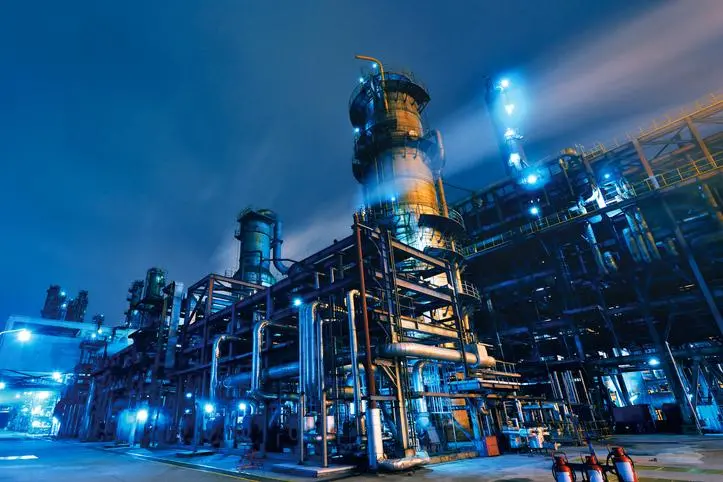PHOTO
Morocco expects its first industrial scale green hydrogen project to start operations by 2025, a top government official said.
Tarik Hamane, Head of Development Department, Moroccan Agency for Sustainable Energy (MASEN) said the project would be developed in cooperation with Germany.
In June 2020, Zawya had reported that Morocco and Germany had signed an agreement to develop a 100-megawatt renewable energy plant for producing 'green hydrogen' in the North African country.
“The partnership with Germany is most advanced. We have [also] signed with Portugal for more large partnership in terms of cooperation,” the Masen official said while speaking at a panel discussion at the Middle East Energy Online event last week.
Morocco had created a National Hydrogen Commission in 2019 to develop a road map for deploying green hydrogen strategy.
“We do believe that the potential of renewable energy – wind and solar - in Morocco allows us to be an important player in terms of production of green ammonia, which we can export to Europe, a market that will be addressed by green hydrogen,” he said.
The fertiliser industry in Morocco is one of the biggest importers of ammonia in the world.
“We can substitute this ammonia with the green ammonia produced by green hydrogen,” said Hamane, noting that it would require a huge quantity of renewable energy to be developed.
With almost 4 gigawatts (GW) of wind and solar projects under operation, renewable energy accounts for 37 percent of Morocco’s installed power generation capacity. The country has set a target of 52 percent of installed capacity from renewables by 2030.
“We currently have same capacity of 4 GW of renewables – solar and wind – under construction or in final stages of development that would allow us to reach our 2030 target even earlier, within the next three years, which will allow to go further in terms of execution,” he said
He said Morocco is committed to be an important player in green hydrogen given the country’s renewable energy potential and the knowledge accumulated over 11 years of development.
“When you can produce green energy at the lowest cost, you can be competitive in this market. Almost 70 percent of the cost of green hydrogen comes from green energy,” he said.
Hamane explained that to reduce the cost of green hydrogen, it is important to manage its main components, namely energy and infrastructure.
“The combination of wind and solar production allows us, while addressing high capacity factor, to support the utilisation of infrastructure, and contribute to the reduction of the costs.
“The other side is the electrolyser and we believe that due to the large interest and capacity of scale in the future, this will also decrease [in costs] and support the competitiveness of green hydrogen.”
The private sector, which played a central role in the development of Morocco’s renewable energy sector, is expected to do the same for green hydrogen starting with a green hydrogen cluster.
“We are in discussions with them to cover the full value chain of this new product. We have the tools to be a pioneer in this field also,” concluded the MASEN official.
(Writing by Anoop Menon; editing by Seban Scaria)
Disclaimer: This article is provided for informational purposes only. The content does not provide tax, legal or investment advice or opinion regarding the suitability, value or profitability of any particular security, portfolio or investment strategy. Read our full disclaimer policy here.
© ZAWYA 2021












